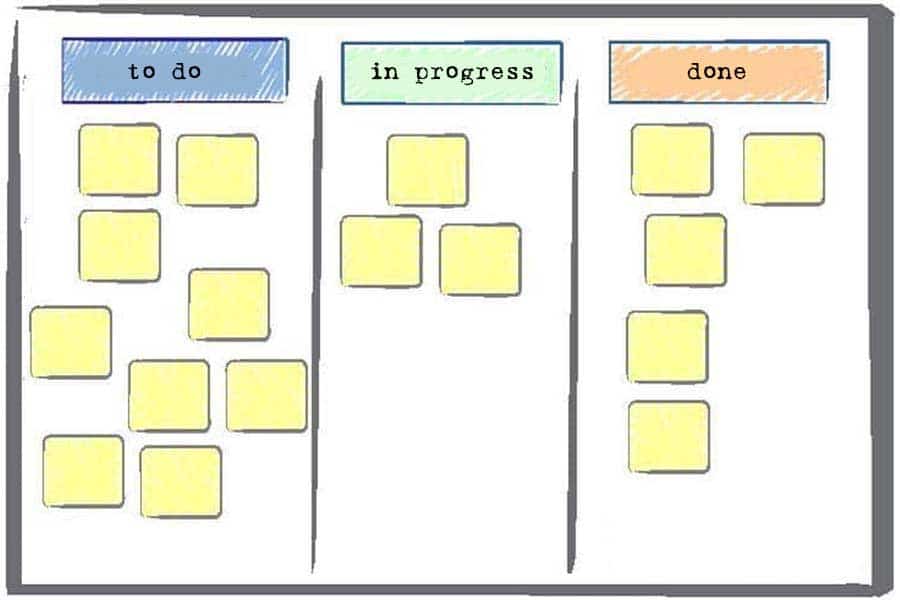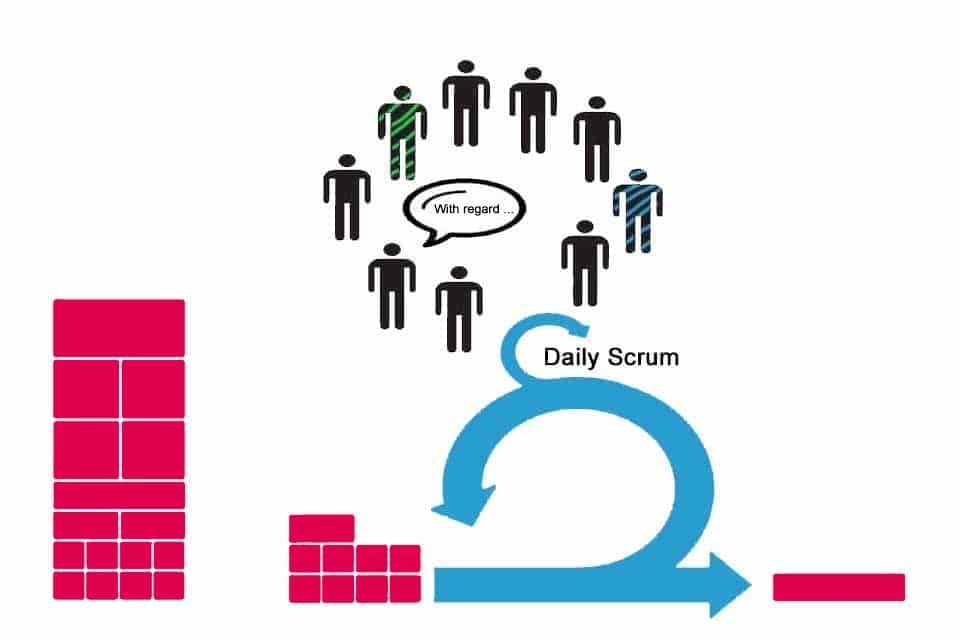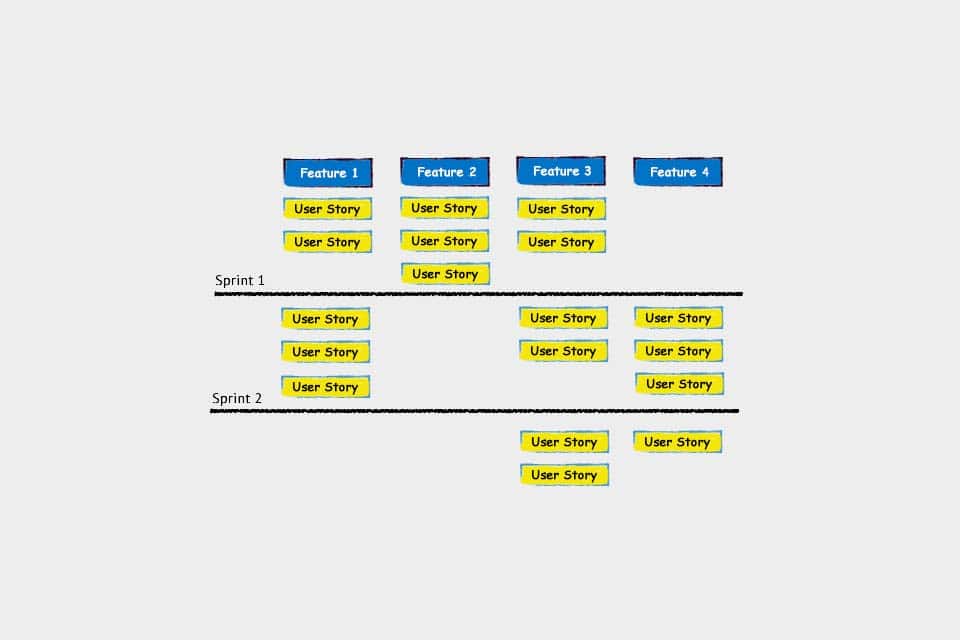What is a Taskboard?
Smartpedia: A taskboard is a tool used by individuals or teams to visualise tasks with their specific processing states.
Taskboard – Visualise Tasks with their Progress
A taskboard is a tool that is used by individuals or teams to visualise tasks. A task is written down on a card, which in the course of its realisation moves through the taskboard – e.g. from “to do” to “in progress” to “done”. A taskboard thus visualises tasks with their specific processing states.
The Taskboard in Scrum
In Scrum, the taskboard is a central tool around which the developers gather at the Daily Scrum and document the workflow in the sprint. For better orientation, Scrum displays both the sprint goal and the various user stories agreed during sprint planning on the taskboard. The visualisation technique is also used in other methods such as Kanban, Scrumban or Getting Things Done (GTD). Other artefacts – e.g. impediment boards or user story maps – can also be displayed using the same technique.
Advantages and Disadvantages of Taskboards
Working with taskboards offers numerous advantages:
- The visualisation of the artefacts and the representation of the progress promotes the cooperation in teams.
- Often a taskboard is a central point of contact where employees meet to discuss projects, priorities, requirements, etc.
- In addition, when moving an artefact to a subsequent column, the haptic is often motivating.
However, the physical taskboards have one weakness: traceability cannot be reliably proven. For example, it is impossible – or at best very difficult – to trace who moved a card from “in process” to “done” or how often a card was moved from “done” back to “in process”. Cards may also fall off or disappear from the taskboard. For organisations working in areas with high verification requirements, the (parallel) use of electronic taskboards could be useful.
Impulse to discuss
Taskboards are available as online and offline versions. Does it make sense to use an offline variant despite the ongoing digitisation?
Notes:
Here you can find an interesting German podcast about working self-dependent in the sprint with the help of the taskboard.
And here you will find additional information from our Smartpedia section:



